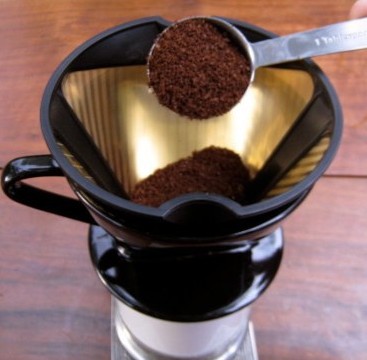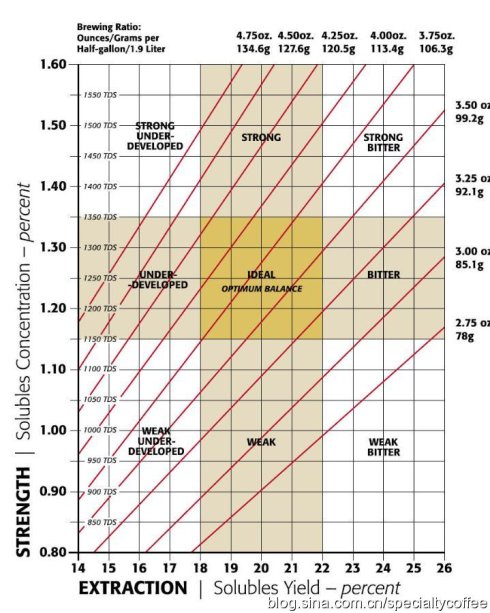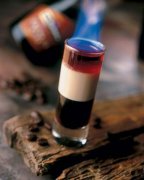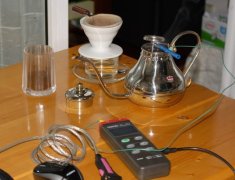The ratio of coffee to water the standard brewing ratio of coffee.

(source: google)
Standard brewing ratio (Standard Brewing Ratio)
Coffee cup count
The amount of coffee used COFFEE TO BE USED
Water consumption WATER TO BE USED
Cups of Coffee
By weight
Meter by measuring tool
BY WEIGHT
BY MEASURE
Ounce Ounces
Gram Grams
Teaspoon Tea
Spoon Table
Cup Cups
Coffee liquid (oz)
Number of cups Cups
Pint Pints
Quart Quarts
One GAL, two gallons, two gallons.
Ml CCs (milliliters)
L Liters
Spoons
Spoons
Fluid
Ounces
1
0.38
11
6
2
January 8th
8
1
January second
January fourth
January 8th
237
0.2
2
0.75
21
12
4
January fourth
16
2
1
January second
January fourth
473
0.5
3
1.13
32
18
6
March 8th
24
3
1 1/2
March fourth
March 8th
710
0.7
4
1.5
43
24
8
January second
32
4
2
1
January second
947
1
5
1.88
53
30
10
May 8th
40
5
2 1/2
1 1/4
May 8th
1183
1.2
6
2.25
64
36
12
March fourth
48
6
3
1 1/2
March fourth
1420
1.4
7
2.63
74
42
14
July 8th
56
7
3 1/2
1 3/4
July 8th
1656
1.7
8
3
85
48
16
1
64
8
4
2
1
1893
1.9
9
3.38
96
54
18
1 1/8
72
9
4 1/2
2 1/4
1 1/8
2130
2.1
10
3.75
106
60
20
1 1/4
80
10
5
2 1/2
1 1/4
2366
2.4
11
4.13
117
66
22
1 3/8
88
eleven
5 1/2
2 3/4
1 3/8
2603
2.6
twelve
4.5
one hundred and twenty eight
seventy-two
twenty-four
1 1/2
ninety-six
twelve
six
three
1 1/2
2840
2.8
If you know the amount of coffee powder, multiplied by the coefficient 21.33, you know how many ounces of water you need (0.046875 is the inverse coefficient), multiplied by the coefficient 22.2593, you get how many milliliters of water you need (0.04493 is the inverse coefficient).
For example, if you have 1.2oz coffee powder, multiply it by 21.33g, you will need 25.6oz water; 92.6g coffee powder will need 2061CCs water. The amount of coffee powder required can be obtained by multiplying the inverse coefficient with the known amount of water.
The brewing ratio of enthusiasts Connoisseur's Brewing Ratio
Cups of Coffee
The amount of coffee used COFFEE TO BE USED
Water consumption WATER TO BE USED
BY WEIGHT
BY MEASURE
Ounces
Grams
Tea
Table
Cups
Fluid
Cups
Pints
Quarts
1/2 Gal
CCs
Liters
Spoons
Spoons
Ounces
(milliliters)
one
0.38
10.6
six
two
January 8th
six
March fourth
March 8th
March sixteenth
3/32
one hundred and seventy seven
0.18
two
0.75
21.3
twelve
four
January fourth
twelve
1 1/2
March fourth
March 8th
March sixteenth
three hundred and fifty five
0.35
three
1.13
31.9
eighteen
six
March 8th
eighteen
2 1/4
1 1/8
September sixteenth
9/32
five hundred and thirty two
0.53
four
1.5
42.5
twenty-four
eight
January second
twenty-four
three
1 1/2
March fourth
March 8th
seven hundred and ten
0.71
five
1.88
53.2
thirty
ten
May 8th
thirty
3 3/4
1 7/8
15/16
15/32
eight hundred and eighty seven
0.89
six
2.25
63.8
thirty-six
twelve
March fourth
thirty-six
4 1/2
2 1/4
1 1/8
September sixteenth
1065
1.06
seven
2.63
74.4
forty-two
fourteen
July 8th
forty-two
5 1/4
2 5/8
1 5/16
21/32
1242
1.24
eight
three
85.1
forty-eight
sixteen
one
forty-eight
six
three
1 1/2
March fourth
1420
1.42
nine
3.38
95.7
fifty-four
eighteen
1 1/8
fifty-four
6 3/4
3 3/8
1 11/16
27/32
1597
1.6
ten
3.75
one hundred and six
sixty
twenty
1 1/4
sixty
7 1/2
3 3/4
1 7/8
15/16
1775
1.77
eleven
4.13
one hundred and seventeen
sixty-six
twenty-two
1 3/8
sixty-six
8 1/4
4 1/8
2 1/16
1 1/32
1952
1.95
twelve
4.5
one hundred and twenty eight
seventy-two
twenty-four
1 1/2
seventy-two
nine
4 1/2
2 1/4
1 1/8
2130
2.13
If you know the amount of coffee powder, times the coefficient 16, you know how many ounces of water you need (0.0625 is the inverse coefficient), multiplied by the coefficient 16.6945, you get how many milliliters of water you need (0.04493 is the inverse coefficient).
For example, if you have 1.2oz coffee powder multiplied by 16.0, you need 19.2oz water; 92.6g coffee powder requires 1562CCs (1.56L) water. The amount of coffee powder required can be obtained by multiplying the inverse coefficient with the known amount of water.
Comparing the two tables, it is not difficult to find that the so-called brewing of enthusiasts is just a little higher in concentration and heavier in taste. Simple and simple words: one serving of powder, about 16 parts of water.
The picture below is the coffee brewing rate chart of SCAA, which looks a little confused.

(source: scaa.org)
Source: Blackbearcoffee translation: Huang Wei (Sina Huang Wei boutique coffee)
Important Notice :
前街咖啡 FrontStreet Coffee has moved to new addredd:
FrontStreet Coffee Address: 315,Donghua East Road,GuangZhou
Tel:020 38364473
- Prev

Fancy blend Coffee making Formula sharing Golden Wanli Orange Brandy Coffee
Golden Wanli orange brandy coffee Cafe Grand Marnier (France, UK) deep brewed coffee 100cc Coffee 20cc stir cream 20cc cup into the Coffee Coffee Brandy Coffee Coff Jin Wanli orange brandy is an orange-flavored liqueur, which is generally used in coffee in France and England. Special
- Next

The change of Water temperature of hand Pot measured by CENTER 301 thermometer
Today, I received the CENTER 301thermometer ~ which was originally used to measure the temperature of the roaster ~ because the roaster has not yet arrived, in order to test whether the meter and software are easy to use, I have a sudden idea to test the change of the water temperature of the hand flushing pot. This test is a boring experiment. Please take a look at it with a smile. In the picture, the FCs is the water temperature in the hand pot after stewing. The FCe in the picture is the water temperature in the hand pot after brewing.
Related
- Detailed explanation of Jadeite planting Land in Panamanian Jadeite Manor introduction to the grading system of Jadeite competitive bidding, Red bid, Green bid and Rose Summer
- Story of Coffee planting in Brenka region of Costa Rica Stonehenge Manor anaerobic heavy honey treatment of flavor mouth
- What's on the barrel of Blue Mountain Coffee beans?
- Can American coffee also pull flowers? How to use hot American style to pull out a good-looking pattern?
- Can you make a cold extract with coffee beans? What is the right proportion for cold-extracted coffee formula?
- Indonesian PWN Gold Mandrine Coffee Origin Features Flavor How to Chong? Mandolin coffee is American.
- A brief introduction to the flavor characteristics of Brazilian yellow bourbon coffee beans
- What is the effect of different water quality on the flavor of cold-extracted coffee? What kind of water is best for brewing coffee?
- Why do you think of Rose Summer whenever you mention Panamanian coffee?
- Introduction to the characteristics of authentic blue mountain coffee bean producing areas? What is the CIB Coffee Authority in Jamaica?

